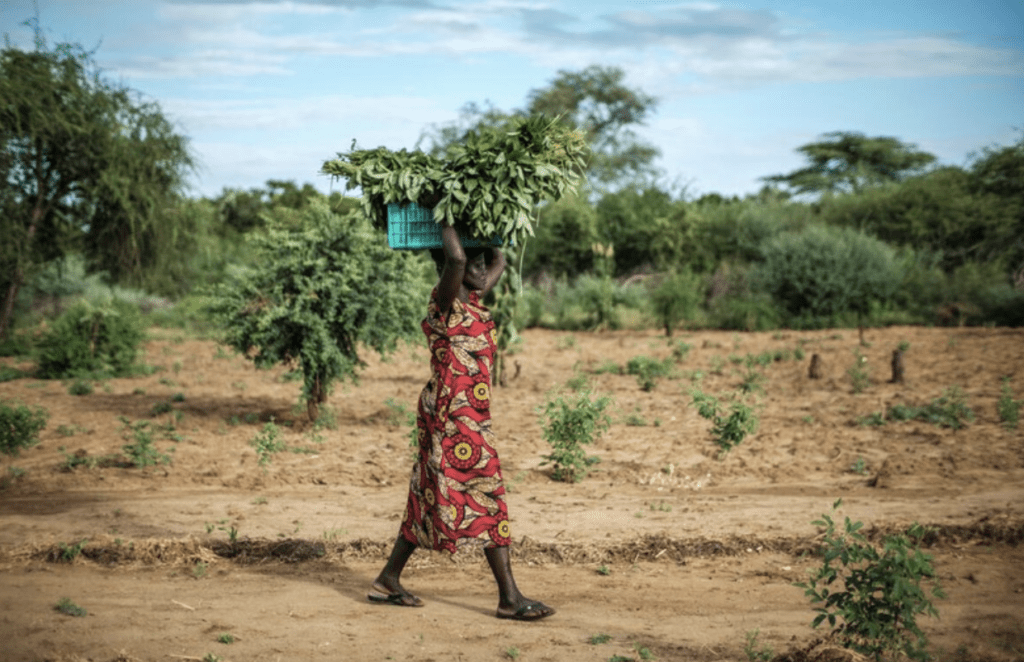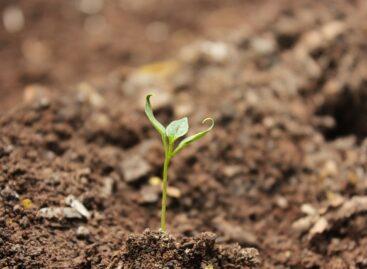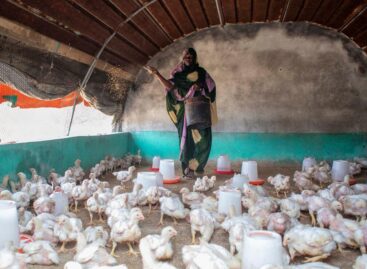UN: Ending chronic hunger in hunger crisis hotspots is a growing challenge
The Food and Agriculture Organization of the United Nations (FAO) and the World Food Programme (WFP) of the United Nations are warning of worsening hunger in 16 food crisis hotspots, threatening to push millions more into or on the brink of famine.
 Time is running out in the most vulnerable areas to halt the wider spread of hunger. Conflict, economic shocks, extreme weather, and critical funding shortfalls exacerbate dire conditions. However, while there is an increasing urgency for large-scale life-saving assistance, support is woefully limited.
Time is running out in the most vulnerable areas to halt the wider spread of hunger. Conflict, economic shocks, extreme weather, and critical funding shortfalls exacerbate dire conditions. However, while there is an increasing urgency for large-scale life-saving assistance, support is woefully limited.
According to the latest report on food crisis hotspots, covering the period from November 2025 to May 2026, conflict and violence are the primary drivers of hunger in 14 of the 16 identified hotspots.
The report identifies six countries and areas of high concern – Haiti, Mali, Palestine, South Sudan, Sudan and Yemen – where populations are at immediate risk of catastrophic famine (IPC/CH scale Phase 5).
Six more countries – Afghanistan, the Democratic Republic of the Congo, Myanmar, Nigeria, Somalia and Syria – have been classified as “particularly concerning”.
The other four famine hotspots are Burkina Faso, Chad, Kenya and the Rohingya refugee situation in Bangladesh.
Funding gaps and aid cuts
Despite these food crisis hotspots moving ever closer to catastrophic conditions or even famine, humanitarian funding is worrisomely low. Only $10.5 billion of the $29 billion needed to help the most vulnerable people by the end of October 2025 has been secured.
Severe shortages are crippling emergency responses, significantly reducing rations and making it harder for the most vulnerable to access food, while food assistance to refugees is at an all-time low.
FAO and WFP highlight that famine is almost always predictable and preventable. They jointly call on the international community to take urgent action to prevent famine and to increase investment in long-term food security and resilience.
Further details can be found here.
Related news
AM: One of Hungary’s greatest strategic assets is good-quality fertile soil
🎧 Hallgasd a cikket: Lejátszás Szünet Folytatás Leállítás Nyelv: Auto…
Read more >FAO: International food prices have been declining since September
🎧 Hallgasd a cikket: Lejátszás Szünet Folytatás Leállítás Nyelv: Auto…
Read more >FAO-Ministry of Agriculture Scholarship Program Continues
🎧 Hallgasd a cikket: Lejátszás Szünet Folytatás Leállítás Nyelv: Auto…
Read more >Related news
Christmas shock in commerce: for the first time, we can pay with bank cards in fewer places
🎧 Hallgasd a cikket: Lejátszás Szünet Folytatás Leállítás Nyelv: Auto…
Read more >Hungarian Confectionery Manufacturers Association: trends in 2025 and prospects for 2026
🎧 Hallgasd a cikket: Lejátszás Szünet Folytatás Leállítás Nyelv: Auto…
Read more >Most grocery chains will be open until noon on December 24th
🎧 Hallgasd a cikket: Lejátszás Szünet Folytatás Leállítás Nyelv: Auto…
Read more >






